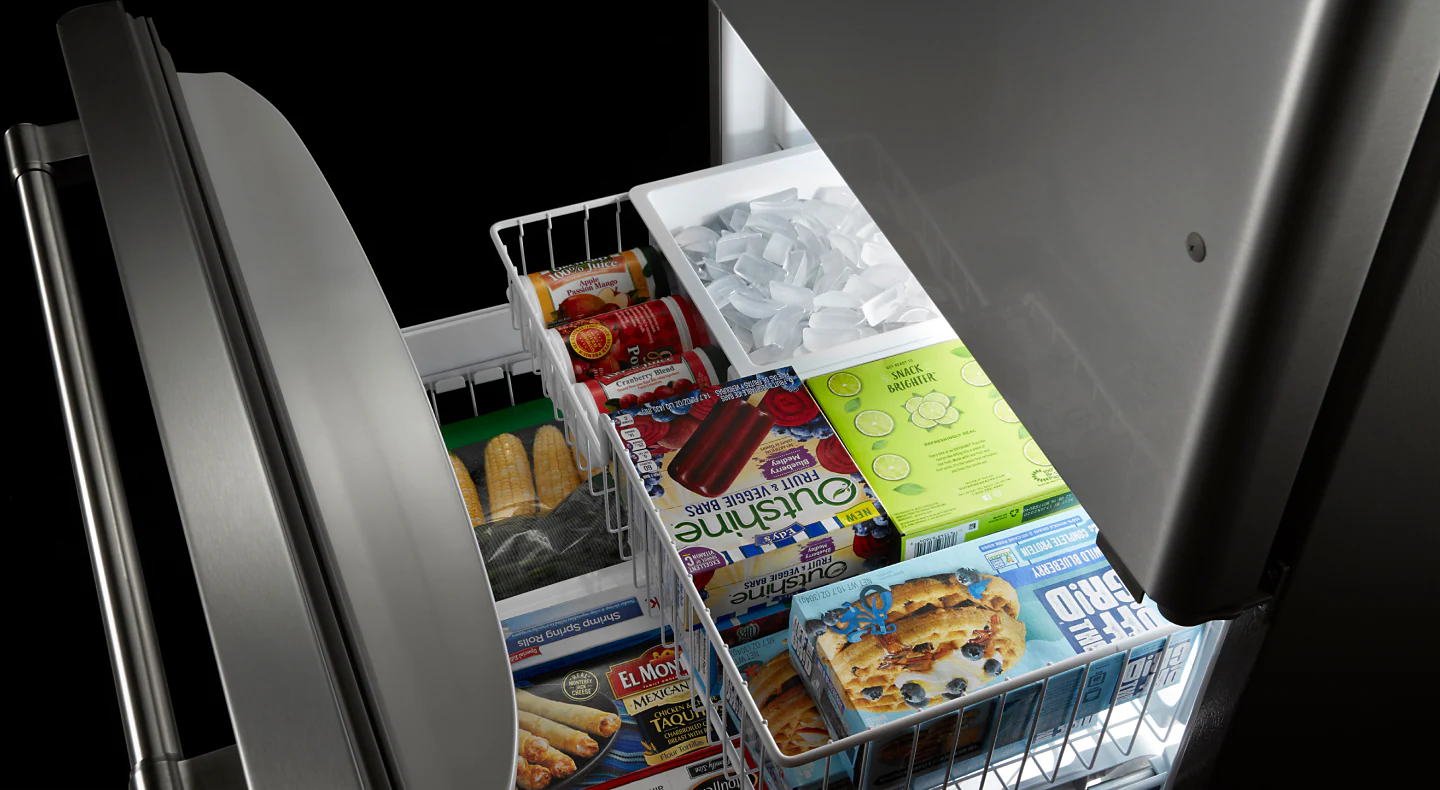blast chiller room
The Importance of Blast Chiller Rooms in Modern Food Processing
In the fast-paced world of food processing and storage, maintaining the integrity and safety of food products has never been more critical. One key innovation that has revolutionized the industry is the blast chiller room. This specialized environment is designed to rapidly cool or freeze large volumes of food, preserving their quality, flavor, and nutritional value. Understanding the benefits and functionalities of blast chiller rooms is essential for any food establishment, whether it be a restaurant, catering company, or food production facility.
What is a Blast Chiller Room?
A blast chiller room is a regulated space that employs high-velocity air circulation to decrease the temperature of food rapidly. The general process involves bringing down the temperature of freshly prepared food from cooking temperatures (generally above 70°C or 158°F) to below 3°C (37°F) in a matter of minutes. This quick action prevents the growth of harmful bacteria, helping to extend the shelf life and preserve the quality of food products.
Benefits of Using a Blast Chiller Room
1. Food Safety The primary advantage of using blast chillers is improved food safety. By cooling food quickly, this technology reduces the amount of time food spends in the danger zone (between 5°C and 60°C or 41°F and 140°F), where harmful bacteria thrive. This is particularly crucial in commercial kitchens where large quantities of food are prepared daily.
2. Quality Preservation Rapid cooling also preserves the quality of food by preventing the formation of ice crystals, which can alter texture and flavor. This is especially important for delicate items such as custards, mousses, and sauces. Preserving the original texture and flavor ensures that the end product meets customer expectations.
3. Extended Shelf Life Foods that are rapidly chilled or frozen will last longer, allowing businesses to manage inventory more effectively. This can lead to reduced food waste, better cost management, and improved profitability for food processors and retailers alike.
4. Flexibility in Food Production With a blast chiller, chefs can produce dishes in bulk, then chill or freeze them for later use. This flexibility not only saves time but also allows businesses to offer a wider variety of menu items without compromising on quality.
5. Energy Efficiency Although blast chillers may seem like a hefty investment upfront, they can lead to long-term savings. Modern systems are designed to be energy-efficient, effectively lowering operating costs when compared to traditional chilling methods.
blast chiller room

How Does a Blast Chiller Work?
A blast chiller operates on a simple yet effective principle forced air. The unit circulates cold air over the food items, drawing heat away quickly and efficiently. Most commercial blast chillers have adjustable settings to cater to different food types and quantities, ensuring that each batch is processed in the optimal way.
Many blast chillers come with built-in features such as temperature monitoring systems and programmable settings, allowing kitchen staff to ensure consistent results. Some advanced models even include vacuum sealing capabilities, which can further enhance food preservation by minimizing exposure to air.
Key Considerations
1. Installation and Space Requirements Businesses looking to incorporate a blast chiller room should consider space, installation costs, and layout. The design should facilitate a smooth workflow from cooking to chilling, ensuring that food can be processed quickly and efficiently.
2. Compliance with Food Safety Regulations It is essential to ensure that the blast chiller complies with local food safety guidelines and regulations. This includes maintaining the appropriate temperature ranges and regular maintenance to ensure functionality.
3. Staff Training Proper training for kitchen staff is crucial for maximizing the benefits of a blast chiller room. Staff should be educated on how to operate the equipment efficiently and safely to prevent mishandling.
Conclusion
The implementation of blast chiller rooms in food processing and storage represents a significant leap forward in ensuring food safety, quality, and flexibility. As the food industry continues to evolve, these chilling solutions will become increasingly indispensable. For business owners seeking to improve their operations, investing in a blast chiller room is indeed a smart, strategic decision that offers numerous benefits and positions them for success in a competitive market.
















































































































